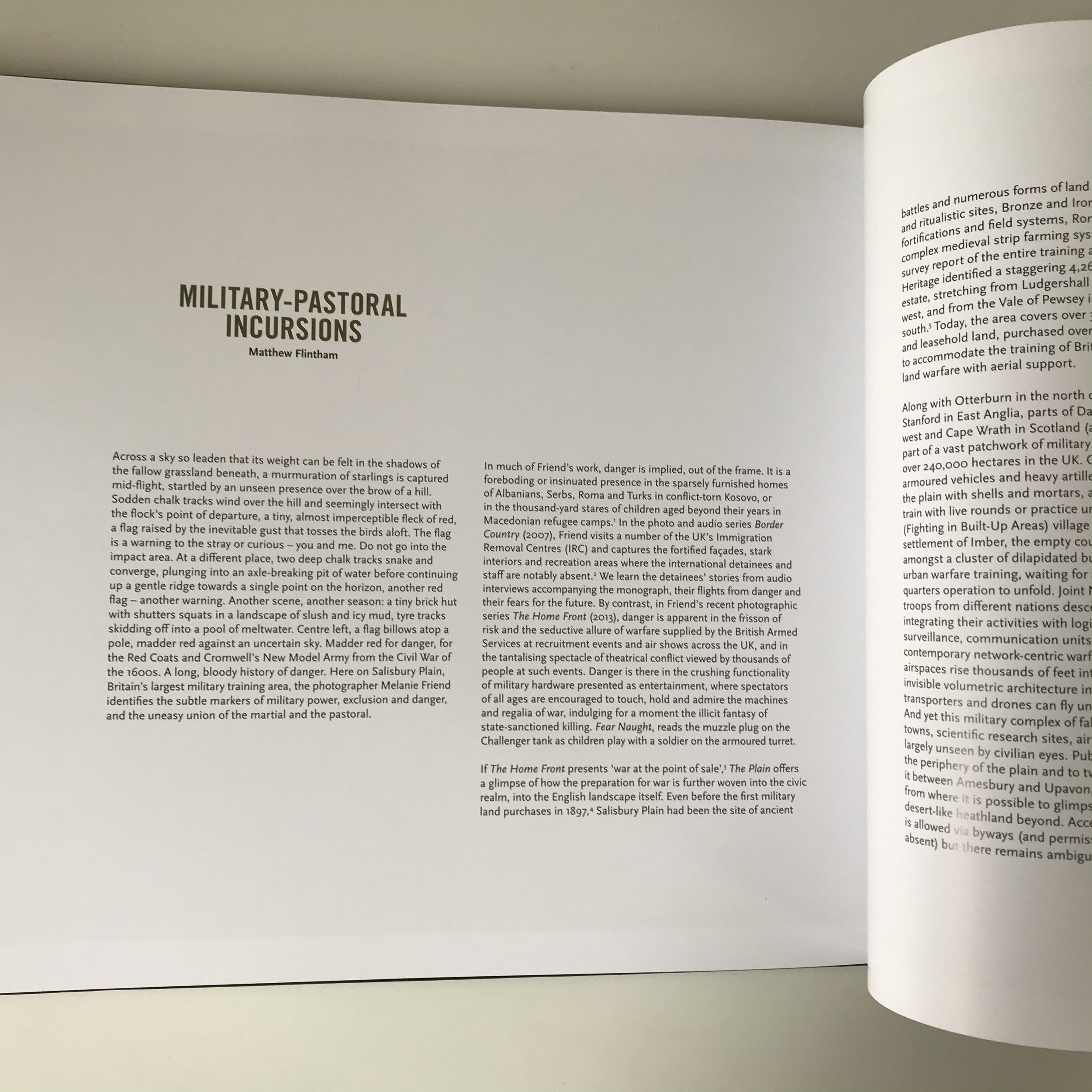The Martial Heavens
An exhibition by Matthew Flintham
Leverhulme Art-in-Residence, School of Geography Politics and Sociology
Newcastle University
Ex-Libris Gallery, Newcastle University, Fine Art Building, The Quadrangle, Kings Walk, Newcastle upon Tyne, NE1 7RU
PREVIEW: 5pm-7pm, Thursday 8th January 2015
OPENING TIMES: 9am-5pm, Monday-Friday 9th - 30th January
During 2014, Matthew Flintham was the Leverhulme Art-in-Residence in the School of Geography Politics and Sociology at Newcastle University. Working with airspace specialist Dr Alison Williams and a group of critical military geographers towards a visual analysis of militarism in the British Landscape, Flintham’s work focuses on revealing the hidden, virtual geometries of military airspaces all around us. Spending the last twelve months cataloguing and identifying these spaces using a combination of maps, geographic information system (GIS) software and air traffic service information, Flintham has converted the most basic geographic flight data into a collection of visual and sculptural artworks.
The artworks are brought together in the Martial Heavens, an exhibition showcasing artistic and academic collaborative research, and revealing the proliferation and hidden spatial dynamics of militarisation and defence.
Matthew Flintham is an artist and writer specialising in the geographies of cinematic representation, militarisation, security and surveillance. He has a BA (Hons) in Fine Art from Central Saint Martins, an MA in Humanities and Cultural Studies from the London Consortium, and a PhD in Visual Communications from the Royal College of Art. His work intersects academic and arts practices, exploring speculative relationships between architecture, power and place, and the possibilities for arts methods to reveal hidden or immaterial relations in the landscape.



























